Sharon Smith's Polaroids capture 1980s New York nightlife
IDEA Books has launched a new monograph of Smith’s photographs, titled Camera Girl and edited by former editor-in-chief of LIFE magazine, Bill Shapiro
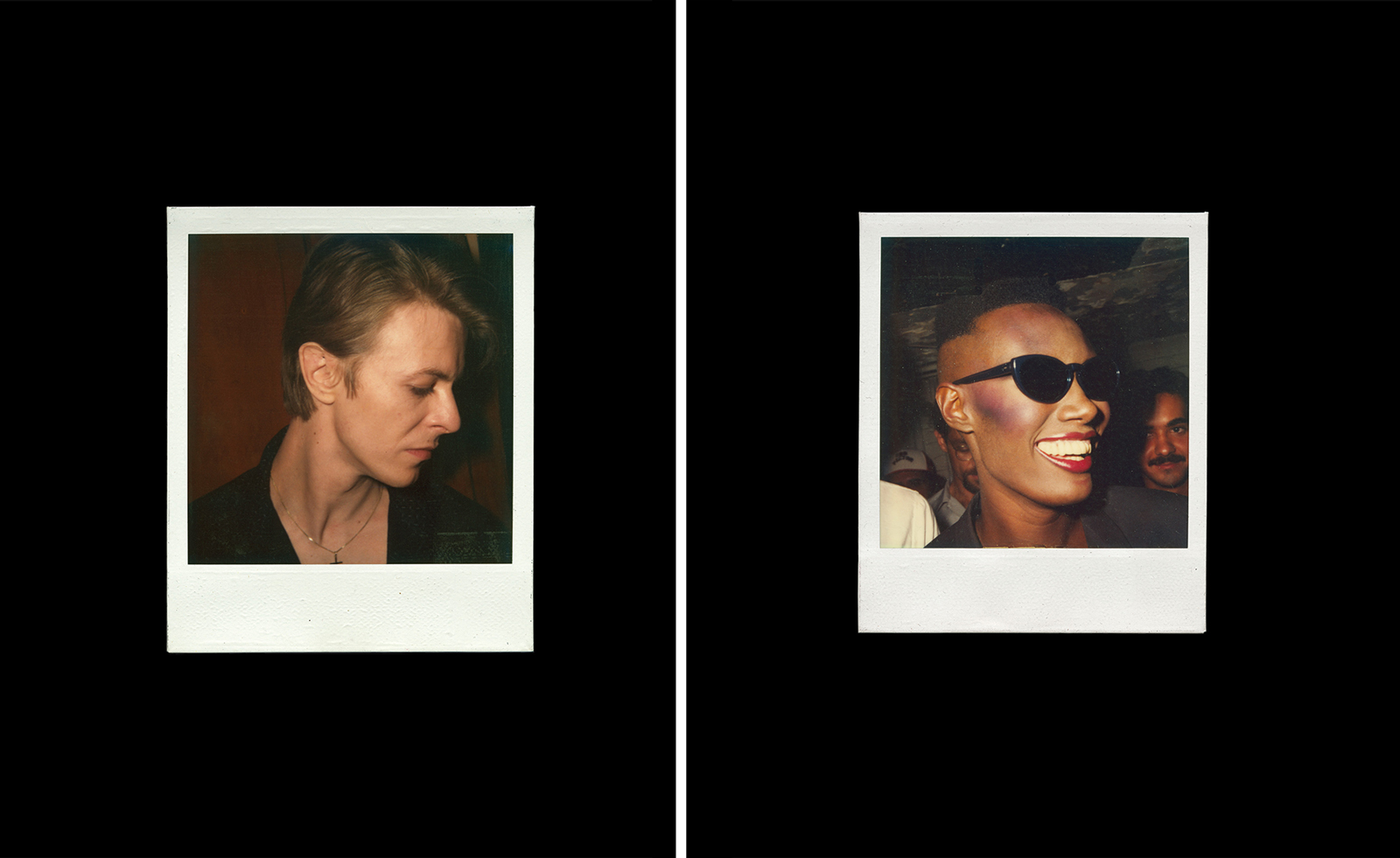
‘I went to the Ritz, pitched myself as the perfect person to add to the scene, and they went for it,’ says Sharon Smith, relaying the genesis of her ‘camera girl’ persona and introduction to New York nightlife, via the East Village club (later known for MTV’s ‘Live at The Ritz’ series), circa 1980. Previously a prom photographer at the Copacabana, shooting teenagers on a bulky press camera (her technician boss would be holed up in the basement downstairs, processing images in real time), for the Ritz she adopted the Polaroid SX-70, and subsequently spent the 1980s working across various dancefloors, selling snaps to dolled up patrons and not infrequently, photographing celebrities.
‘There were people who had little point and shoot cameras at the time,’ continues Smith, ‘but I was the only one doing what I was doing.’ Over nearly a decade the photographer took 1000s of Polaroids, selling them first for $3 a piece, and later $5. Now, forty years after her Ritz initiation, IDEA Books has launched a new monograph of Smith’s photographs, titled Camera Girl and edited by former editor-in-chief of LIFE magazine, Bill Shapiro. ‘When I look at these old Polaroids, what I feel is creativity and community, freedom and hedonism, excitement and envy,’ observes the DJ Honey Dijon, who spoke with Shapiro for the book’s introduction. ‘These pictures talk to me.’
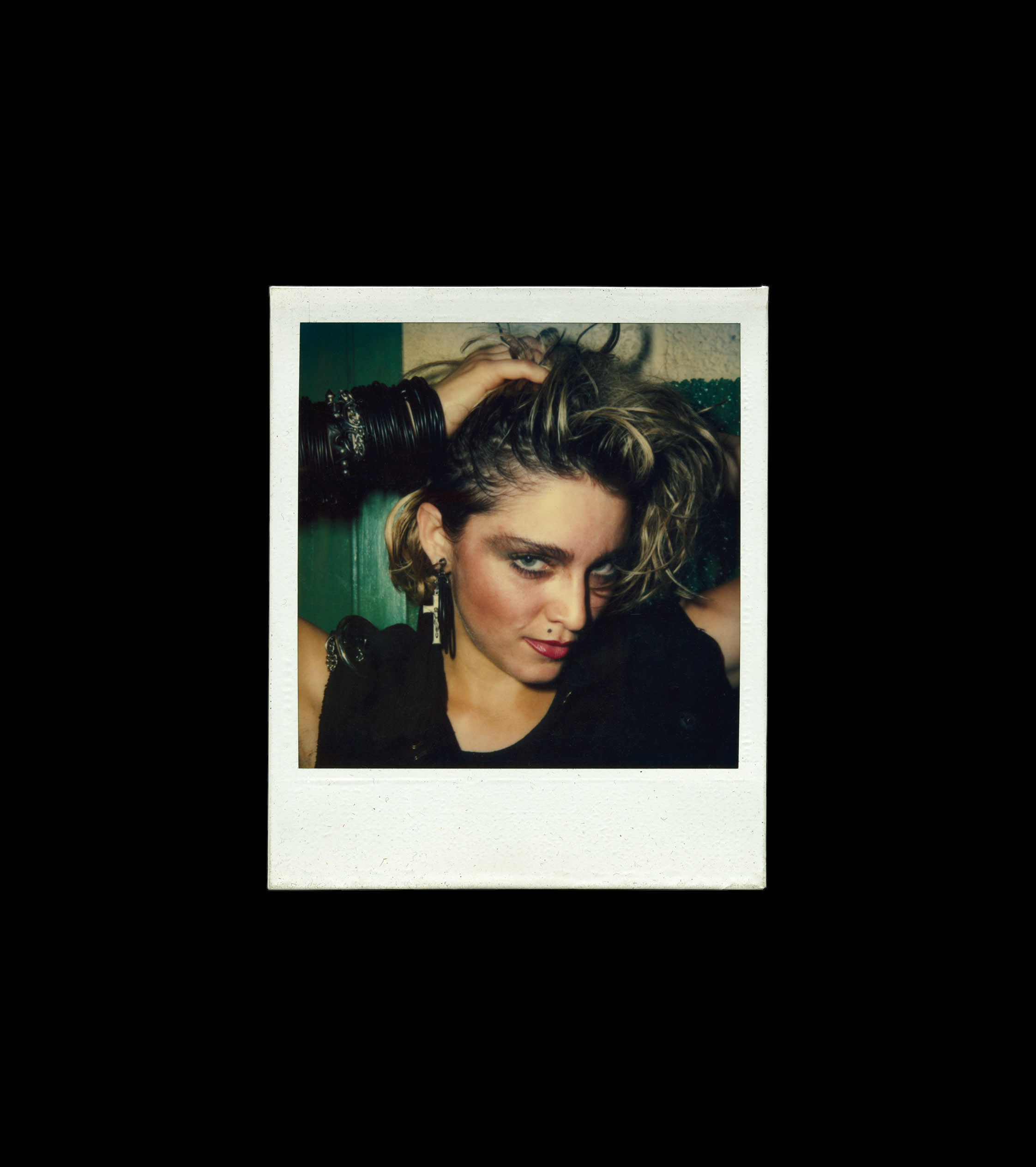
Indeed, there is a vibrancy about Smith’s pictures that make them specific to the era; a moment when, off the back of a stark financial period in the city, creativity was flourishing, manifesting perhaps most plainly in the recent advent of disco, hip-hop and punk. There’s an energy and an intimacy about the photographs that would be hard to mimic on a camera phone today; sweat patches are not uncommon, while poses appear less contrived. ‘I would chat people up, and if there was a particularly interesting looking person who I felt expressed something about that particular time, I would ask if I could take a photograph for my collection,’ shares the photographer, recalling how she amassed an archive. ‘Almost always they said yes, even celebrities. It was a very different context – you don't see celebrities hanging out in clubs anymore, they're roped off. It's not the same.’
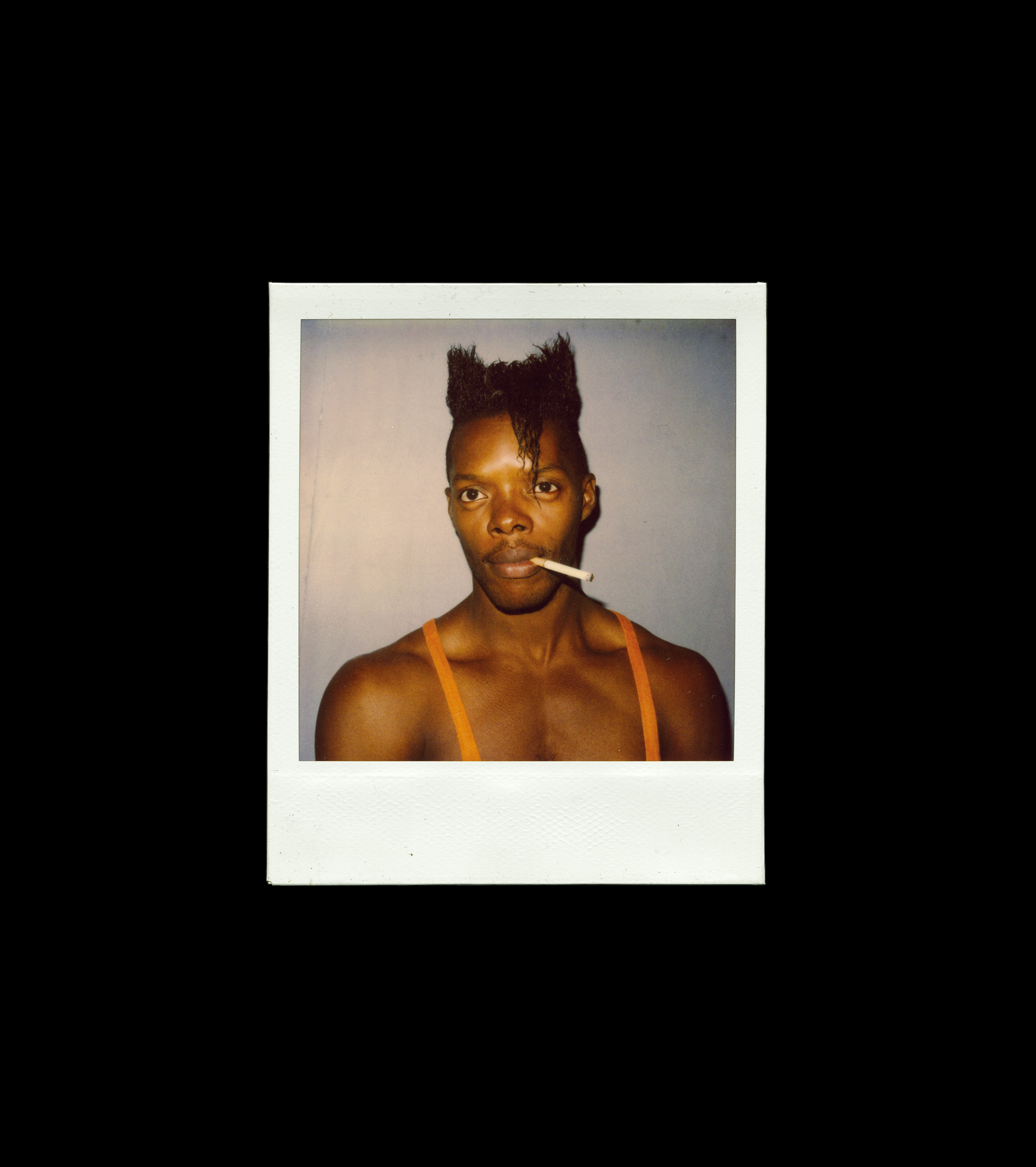
While famous musicians, many of them just starting out in their career, were privy to Smith’s lens – amongst them Madonna, Grace Jones and Iggy Pop; Jones, notably, making several cameos throughout the book – Smith’s biggest thrill was shooting David Bowie she says. ‘Maybe because he just was an amazing, genius person, and a very kind person in the moment that I took his photo.’ Highlighting the picture’s physicality, on the page next to his portrait the back of the photograph reveals Smith’s administration process, with a handwritten name and date (by 1981 she’d upgraded to a stamp). ‘That was Bill's idea [for the book], and we decided to do it with all the celebrities, as a reference to the fact that these are not digital things – they're objects, artifacts.’
Less instant but just as engrossing as those recognisable faces, are the styles that shine through: in some pictures a face isn’t even shown, just a torso or the back of a head, clad in satin magenta or sprayed pastel pink, respectively. ‘A lot of people dressed up; there were lots of celebrity clones, then other people were creating fashion,’ notes Smith. On the book’s cover, a body moves in gold disco pants and a cummerbund-esc starry belt; it’s a strikingly effective place to start, setting the book’s tone. ‘Spandex was a really big deal in the 80s, everybody wore those shiny things,’ says the photographer. ‘Truthfully, that's a photo I didn't pay much attention to until we were looking for the cover, but I wanted something suggestive, symbolic of the time, and that was kind of sexy and seductive.’
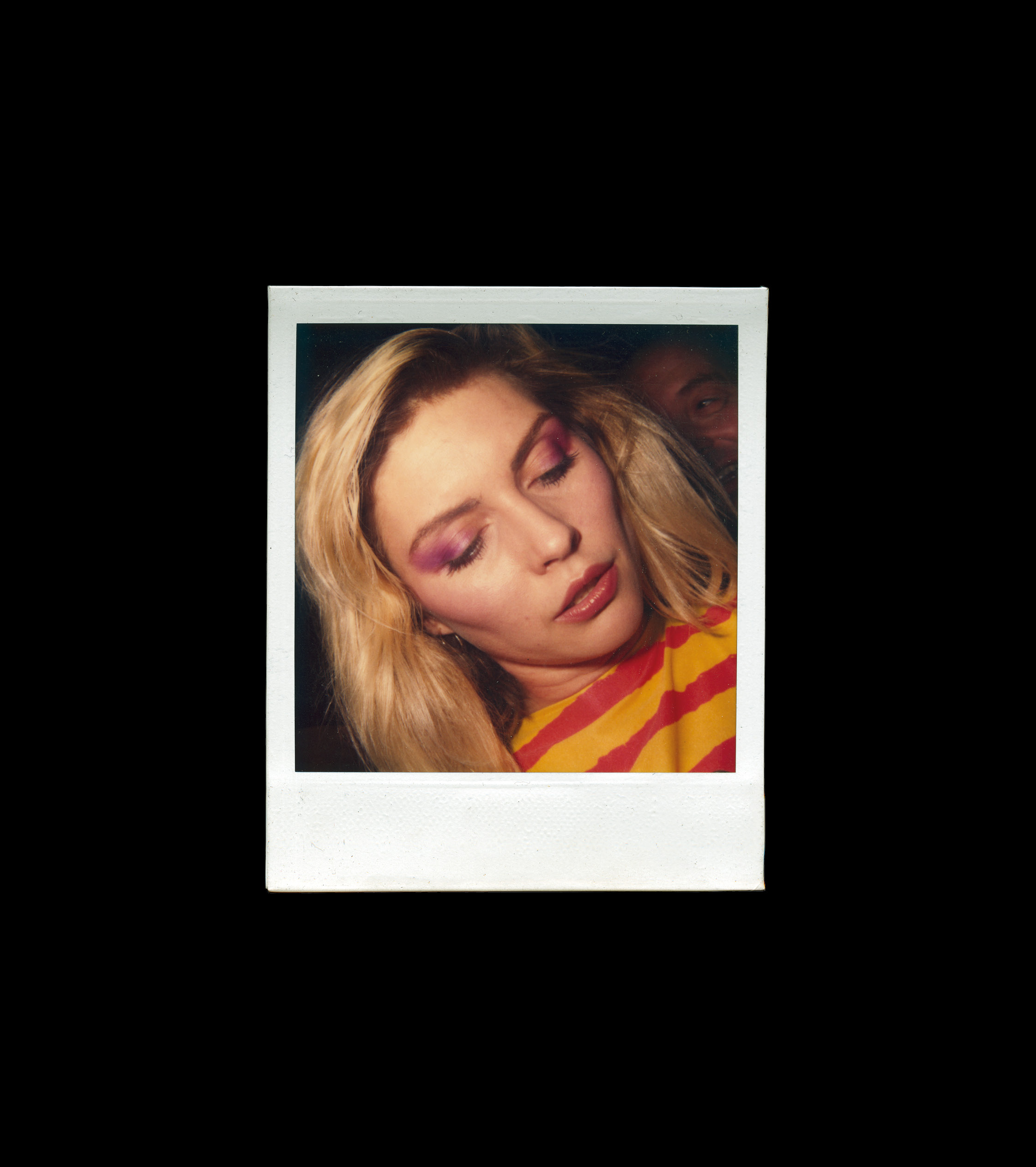
‘My own persona developed maybe six months in,’ she continues, alluding to her own sartorial leanings. ‘I called myself Rose, with these black slinky dresses and lace fingerless gloves. I don't know that it was totally conscious at the moment, it certainly was an evolution of the work for me to have a role like that, giving me some distance and perspective.’ Similarly important in navigating the scene was her apparatus, and the interactive quality of the Polaroid. ‘It teaches you a lot about how to approach people,’ reflects Smith. ‘There's a humanity in there, instead of just grab and go, which is what a lot of photographers used to do. But these photographs now are like souvenirs, and I have a lot of affection for those people, for that time in our cultural history. It will never be repeated, it’s done. It’s over.’
Sharon Smith, Camera Girl, is published by IDEA books
Wallpaper* Newsletter
Receive our daily digest of inspiration, escapism and design stories from around the world direct to your inbox.
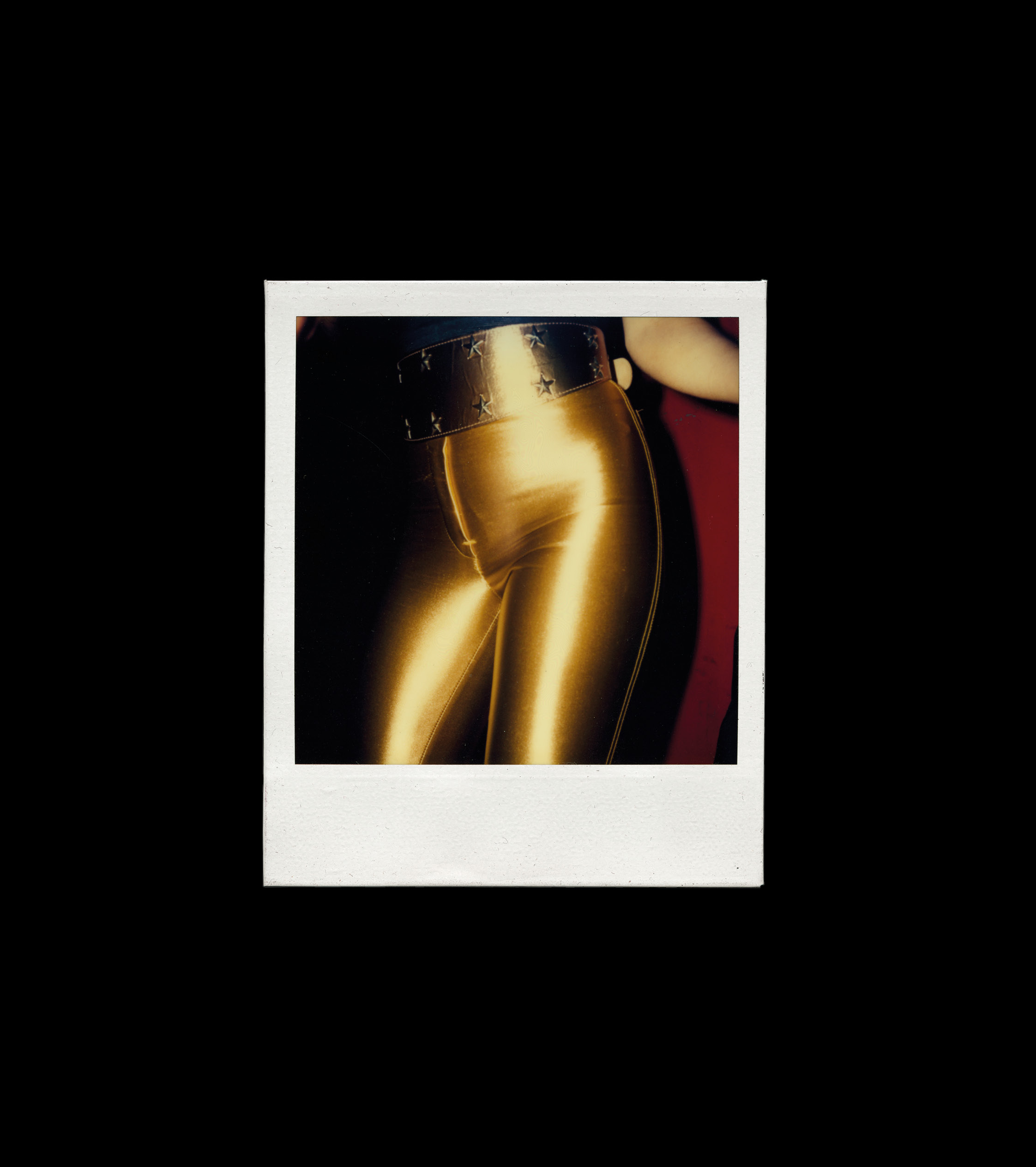
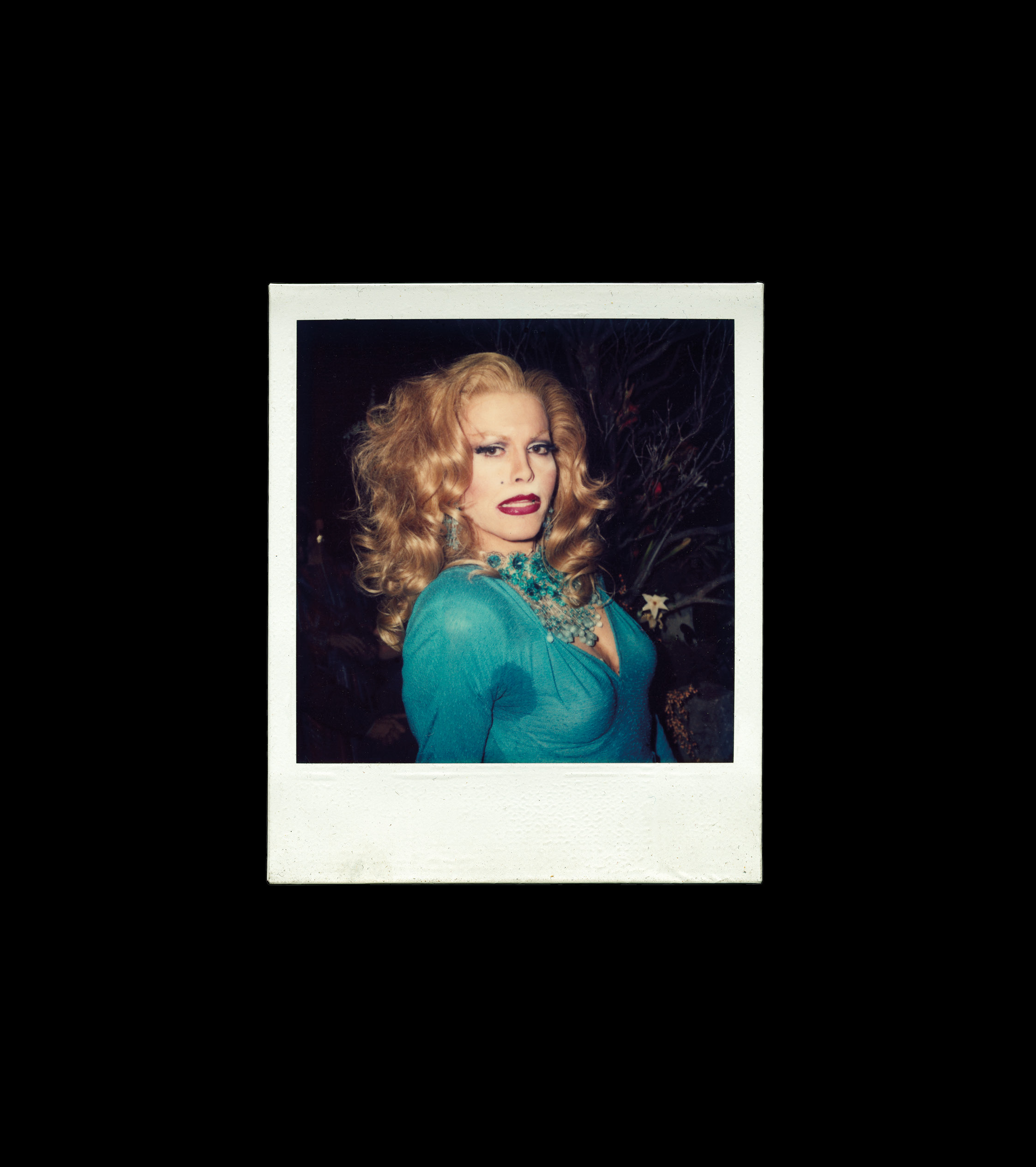


Zoe Whitfield is a London-based writer whose work spans contemporary culture, fashion, art and photography. She has written extensively for international titles including Interview, AnOther, i-D, Dazed and CNN Style, among others.
-
 Tour the best contemporary tea houses around the world
Tour the best contemporary tea houses around the worldCelebrate the world’s most unique tea houses, from Melbourne to Stockholm, with a new book by Wallpaper’s Léa Teuscher
By Léa Teuscher
-
 ‘Humour is foundational’: artist Ella Kruglyanskaya on painting as a ‘highly questionable’ pursuit
‘Humour is foundational’: artist Ella Kruglyanskaya on painting as a ‘highly questionable’ pursuitElla Kruglyanskaya’s exhibition, ‘Shadows’ at Thomas Dane Gallery, is the first in a series of three this year, with openings in Basel and New York to follow
By Hannah Silver
-
 Australian bathhouse ‘About Time’ bridges softness and brutalism
Australian bathhouse ‘About Time’ bridges softness and brutalism‘About Time’, an Australian bathhouse designed by Goss Studio, balances brutalist architecture and the softness of natural patina in a Japanese-inspired wellness hub
By Ellie Stathaki